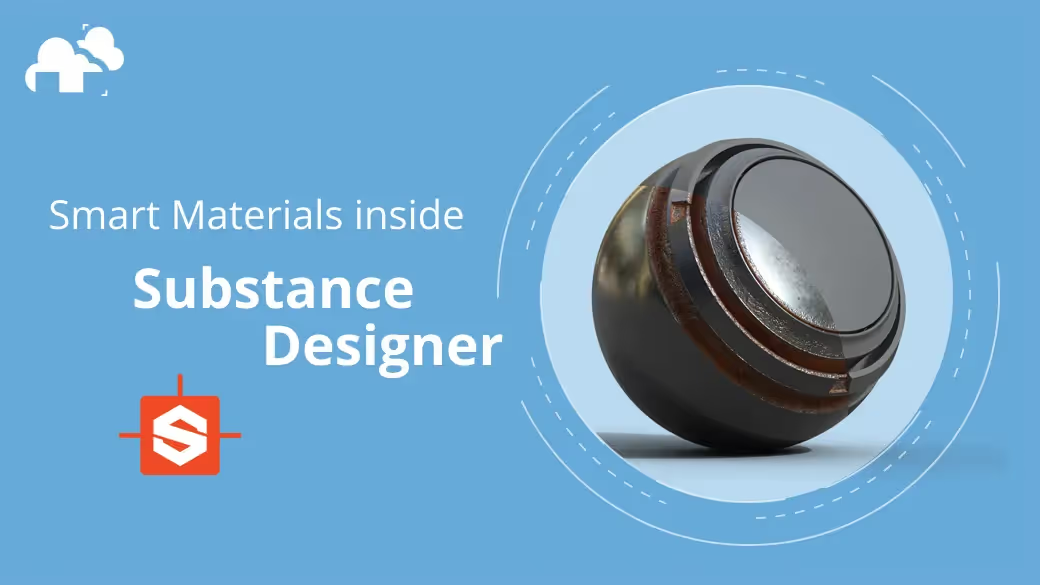
Before we go any further,
Smart Materials in Substance Painter are pre-packaged materials that can be used to quickly and easily texture 3D models. However, to add more modularity to your material library, you can use Substance Designer to author your own materials, which can be augmented with special nodes. By exposing the parameters of your materials in Designer, you can export them as SBAR files and import them back into Painter, making them specific to a single asset.
Authoring materials from scratch can be a daunting task. Not only that, it’s tempting to just rely on the pre-packaged smart materials that ship with software like Substance Painter and Quixel Mixer. Substance Designer is a powerful material authoring software and it comes with nodes that can help us author our very own materials. Not only that, it’s possible to augment those materials with special nodes in order to add more modularity to your material library.
Find the Substance Designer Tutorial here!
Before jumping into Substance Designer, it’s important to understand what exactly is a smart material? A smart material is a stack of materials with different procedural effects being driven by the maps that you bake from your mesh.
While it’s way more convenient and much faster to just stack materials up inside Painter, the problem with that approach is that smart materials inside Painter are saved in the .spsm format. That means you can only open these smart materials inside Painter. So if you wanted to modify certain parameters like the color or the roughness of the asset, you would either open the project file and modify the effects in the layers yourself or if you don’t have the actual project file, you would need to manually modify the map inside an image editing software like Photoshop or Krita.


The default scene will be missing a normal map output, in order to add one in, all you need to do is this:

















In order to switch between using our bait map or regular mask, we can use a switch grayscale node.


What this means is that if this is set to true we’ll be using your ao map to derive the effect. If false, we’ll be using the regular mask.









And that’s about it! To find more Substance 3d tutorials, check out GarageFarm Academy on Youtube!